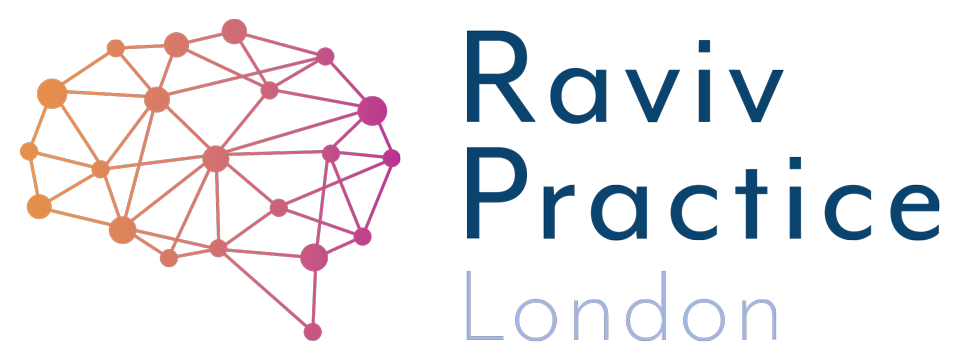Developing critical and problem-solving skills
Developing critical and problem-solving skills.
The moment the sheet with the printed Sudoku puzzle is pulled out of the folder, a smile appears on my student’s face.
It’s like there is an invisible connection between the two. I don’t have to remind her of the correct pencil grip, or to correct her posture, or that her feet should be positioned flat on the floor (instead of crossing her legs) or that her knees should be at 90 degrees.
Once that puzzle for the week appears, all the peripherals fall into place like magic, she’s instantly ready to tuck into some good problem solving.
It always surprises me how quickly a child of any school age, from 4 years upwards, can grasp this skill of solving Sudoku puzzles. It does not matter what the diagnosis is; dyslexia, dyscalculia, Asperger’s, dyspraxia… even dysgraphia (difficulties with handwriting and creating legible script) my students love them.
What is so special about Sudoku puzzles that makes them worthy from the therapist’s perspective?
Here’s 10 reasons to start with, Sudoku…
helps build the blocks of sustained attention
introduces problem solving
introduces critical thinking skills
encourages the checking of answers that the child must work on in sequence and systematically
can be used as a tool for learning colours, phonics or numbers
helps create number sense
helps mental arithmetic (with the more difficult games)
helps eye tracking, across, up, and down the page before placing answers in the box
helps visual motor coordination when writing in the small boxes
gives children a chance to self-check and self correct without an adult
What is so fascinating from a child’s perspective? This is what my students have to say:
1. “It’s fun and it makes you scratch your head in a nice sort of way and you don’t you have to be good at maths.”
2. “There is sense of real achievement when you have finished one - makes you want to do another.”
3. “You can check your own answers as you go along, no need to wait.”
4. “If things go wrong you can start again and its no big deal, you don’t make the same mistakes twice because you know where they can occur.”
5. “Sudoku helps you pass the time away if you are waiting for some thing...like your mum to collect you from football.”
Are we empowering our children to think for themselves?
The thing is, we are taking away thinking skills. Even Lego is prescriptive; you follow the instructions page by page to get to the end results. I mean this is good, but we need to be free at times.
The fun of having a box with tons of LEGO pieces where you can construct the missing component needed for your play story has been swapped with bespoke themed LEGO, with pieces specifically for that themed box.
The pieces of LEGO that make up ‘Star Wars: Millennium Falcon,’ may not be any good for the Batman cave…that’s another £250 of your hard earned cash.
Unlike Monopoly or other board games you just need your Sudoku puzzle, a pencil and an eraser…that’s it, you can do anywhere. It’s just so straightforward, and you don’t need to be brilliant at maths either.
Sudoku is a great way to make numbers or letters your child’s best friend.
A therapist’s perspective
We need to nurture children’s understanding that there are many different ways of solving problems; to think critically and to make judgments on our own ways of thinking (meta cognition).
The Sudoku puzzles open doors to so many possibilities of different types of thinking of doubts and of confidence until you come to the solution.
Whilst crosswords have been around doing this job for ages, they serve those who are curious about spelling; they do not nurture those who find spelling challenging. Sudoku introduces safe problem solving and encourages children to be curious. Children who dislike maths think of numbers differently, and children with diagnosed problems such as dyscalculia actually make friends with numbers, and learn to fear them less.
Case study: success with a student age 8
Below are the steps we used with a child who had a fear of numbers and hated maths with a passion.
We went from the first step to the fourth step in twelve weeks, completing three puzzles per week.
First step: Start off with a simple four-by-four grid – using colours
Step 1
Second step: Next level, using the same size grid introduce numbers. Notice pink colour around the puzzle this is to help visual focus. Only include one large puzzle per page. (Insert Picture 2.)
Step 2.
Third step: Move to the next size grid six by six starting with simple puzzles and moving to more difficult ones in a given time span.
Step 3.
Forth step: Introduce ‘Killer’ Sudoku puzzles where the student needs to add and subtract. as well as the other strategies used to solve the puzzle.
Step 4.
Finally
If you want to try Sudoku puzzles try using our FREE resource
Dyslexia? Dyspraxia? ADHD? ASD? Speech & Language? Developmental Delay? Anxiety?
Is every school day a struggle? As a parent, you may feel exhausted and on this journey alone. Each year you see the gap getting wider. You need to do something - change the approach, help your child learn for themselves, find a way to turn this around - to help while you can - do this NOW. the first step is free.
About the Author
Usha Patel is a Neurocognitive Therapist and Director at Raviv Practice London. Parents searching to help their suspected/neurodiverse child can get evidence-based solutions with results in as little as 8 weeks. Those in search of jargon-free help can get started straight away.






